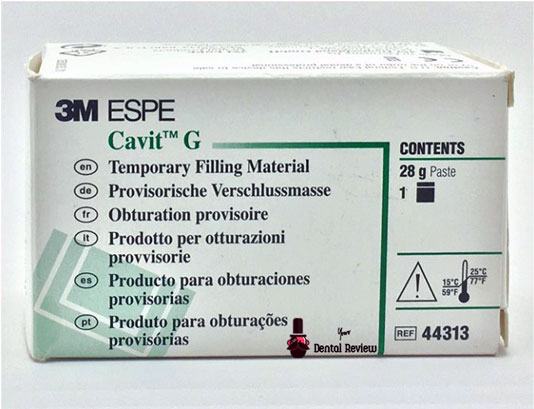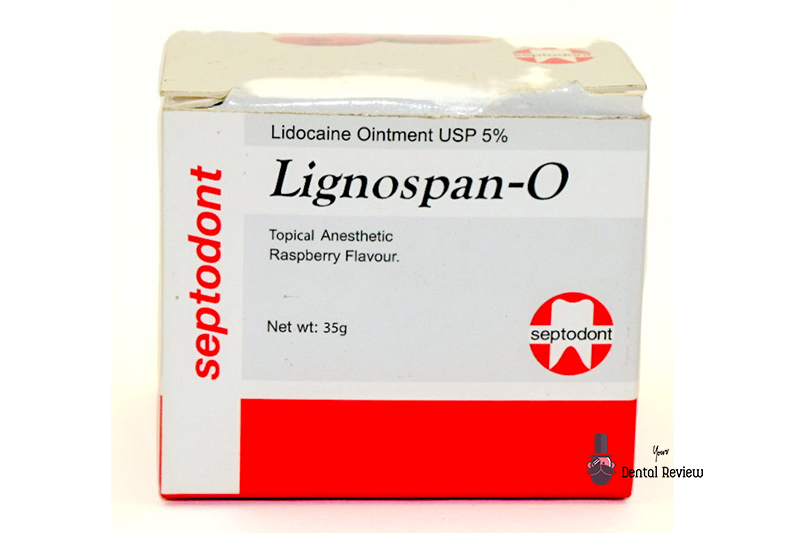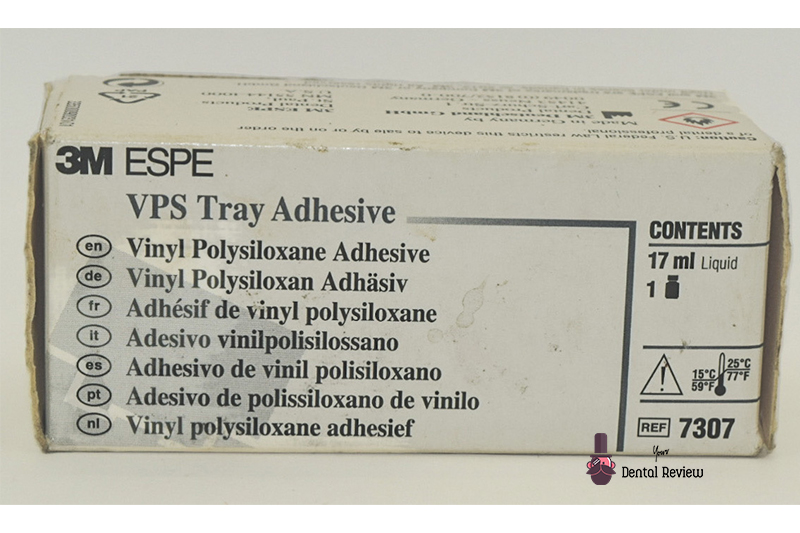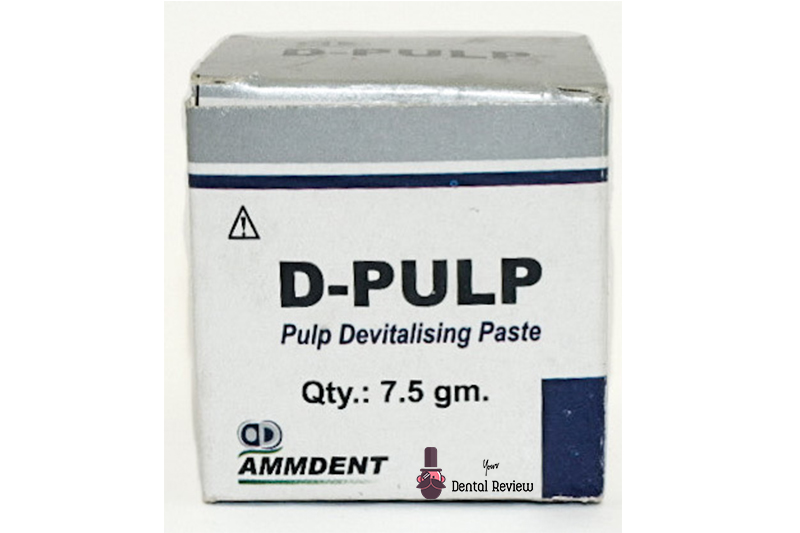Septoject needles is a stainless steel sterilised single use needle for administration of local anaesthesia.
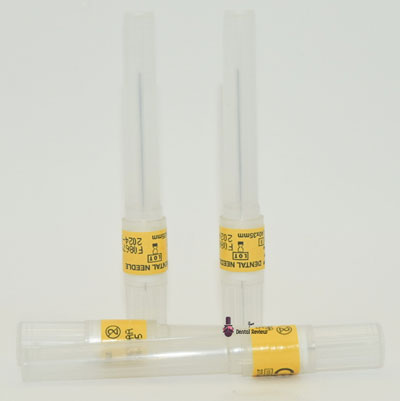
- Box of 100 sterile single use dental needles.
- 27 Gauge (G) short (25mm),
- 27G long (35mm),
- 30G short (25mm).
Pros:
- Triple bevel needle reduces trauma to the tissues.
- Excellent flexibility of the needle.
- Use of high grade surgical steel for the tubing reduces the chance of breakage.
Cons:
- Orienting the bevel of the needle can at times be difficult as the needle has to screwed over a pre-threaded hub.
- At times. while replacing the cartridge, the needle can bend. Hence, the manufacturer recommends, replacement of needle with each cartridge.
How to use Septoject needles?
- Break the sterility seal just before use, by twisting the plastic sheath or pulling them apart.
- Remove the smaller sheath completely to expose the needle which will be fixed onto the syringe.
- Screw the plastic nozzle over the threaded hub of the syringe, holding the plastic sheath of the top part.
- Place the cartridge (e.g. Lignospan Special, Septodont) in the cylinder of the syringe.
- Remove the top sheath just before administering anaesthesia, by slight twisting of the sheath.
- Replacing the top sheath should be done only by ‘scoop’ method and never by hand.
- The needle can be unscrewed after use, using the top sheath for protection and discarded in a puncture resistant container.
Review of Septoject needles
The one thing I love about Septoject is while using it for palatal infiltration. All of us would know the pain it causes to the patient.
Even if you use a 27G, and not a 30G, the pain is very minimal.
Also as the needle is screwed tight on the syringe, the chances of the needle separating from the syringe, when excess pressure is used during palatal anaesthesia, is eliminated. Such a situation is also eliminated in leur – lock plastic disposable syringes.
Some have doubts about which Gauge and length of needle to use. 27G enables aspiration and should be used where desired. A long needle is used when tissue penetration is more, like, in inferior alveolar block.
Use of 30G needles has reduced in dentistry, firstly because aspiration is difficult to ascertain, and secondly, chances of deflection and tissue injury and needle breakage are more.
I find 27G long (35mm) to be an extremely versatile needle, which can be used in most places. 27G short can be used in PSA block to avoid deeper penetration.

